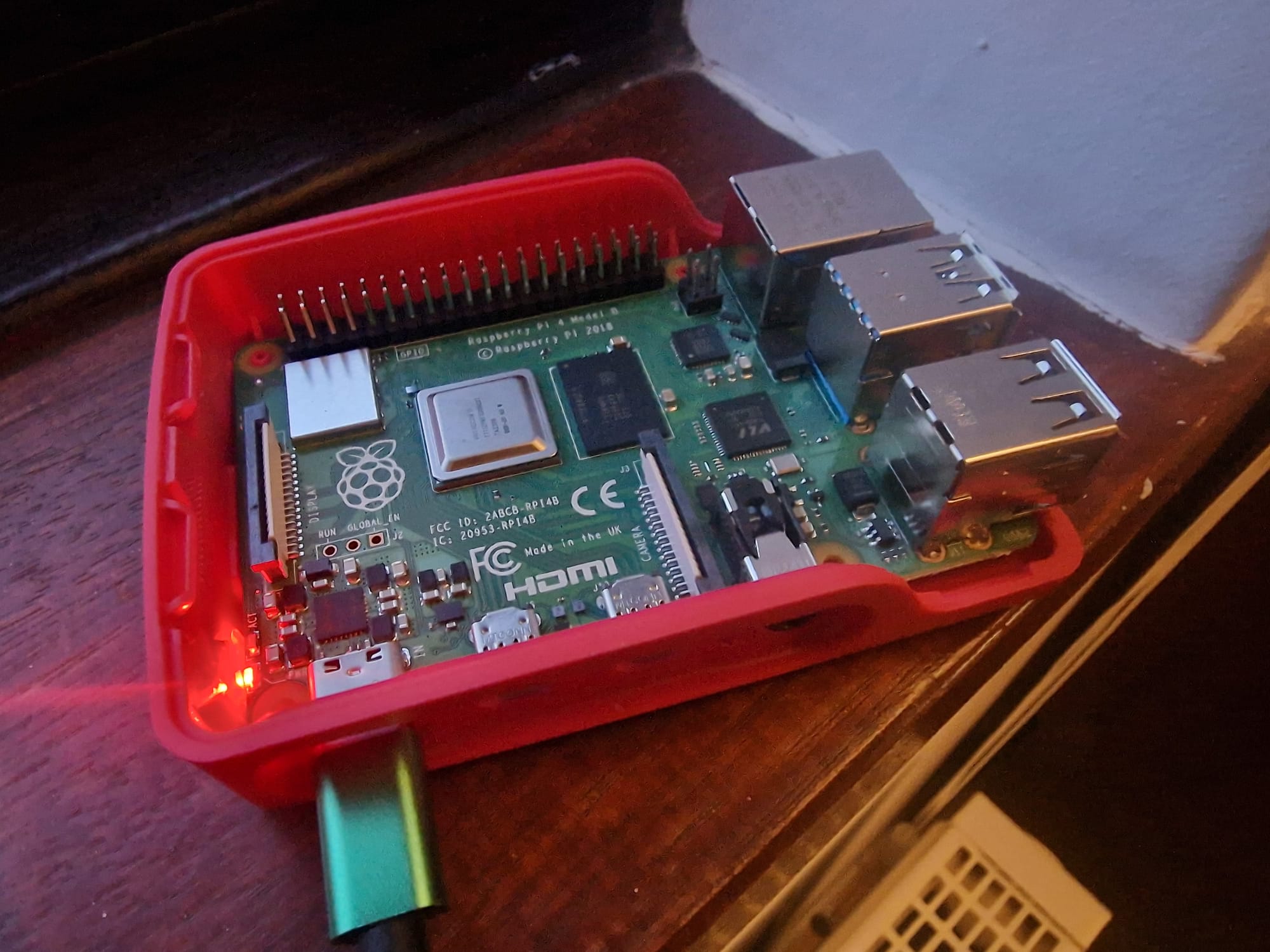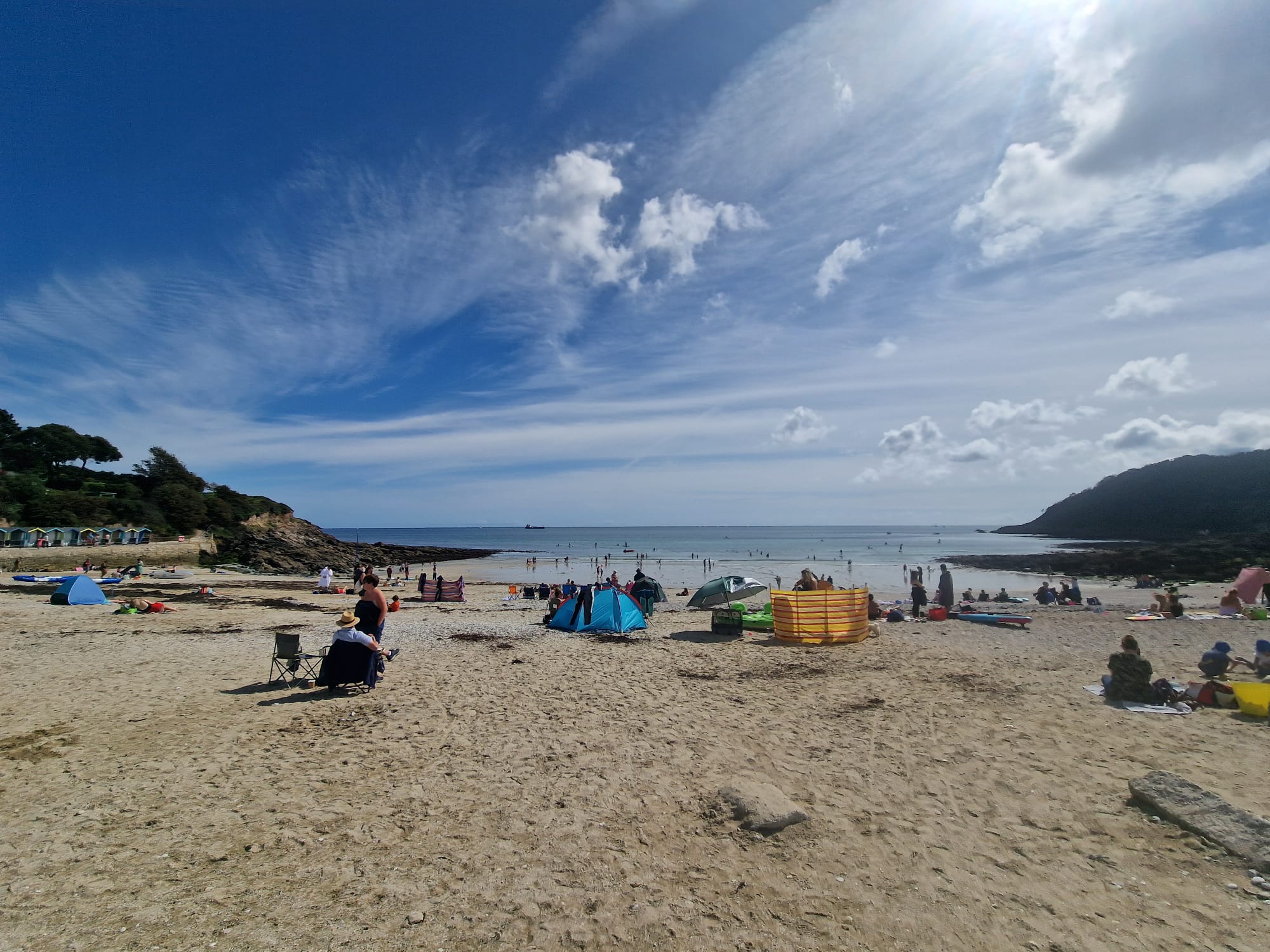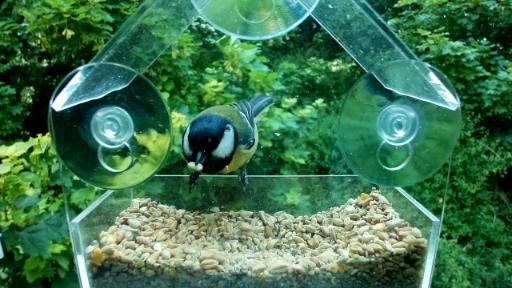The chip shortage last year meant getting hold of a Raspberry Pi from an official supplier was next to impossible.
Falmouth Allotments Website Deployment using Azure Static Web Apps
I took over managing the Falmouth Allotments website and needed to migrate the website from a previous hosting solution. I initially deployed the WordPress site to a Standard B1s virtual machine. However, a recent update ended up breaking the WordPress site and initial attempts to fix failed.
What looked like a headache to troubleshoot, and resolve was an opportunity to redesign the site. When I took over managing the place, I had discussions with the allotment committee about the website needing a redesign, with initial design ideas discussed with a small group of volunteers. Fortunately, the website going down was an impetus to begin this project.

Crafting a Magical eBook Library with Docker and Calibre - A Gift for Your Master's Degree Pursuit
In the age of digital information, having quick access to a vast collection of eBooks and academic resources can be a game-changer for students and avid readers alike. If you're pursuing a master's degree or simply have a passion for literature, building your own eBook library is a rewarding project that offers convenience and customisation. In this guide, I will take you on a journey to create a Raspberry Pi-powered eBook library that's not only easily accessible but also boasts the ability to power down and start key services automatically. Plus, I will show you how to effortlessly add new content to your library and even set up a backup solution to ensure your literary treasures are safe. Whether you're a tech enthusiast or a beginner looking for a DIY project, this tutorial will transform your Raspberry Pi into a literary treasure chest.

Building a Tide Information Display with Raspberry Pi and E-Paper Screen - High Tide, Low Tide, and More!
Interested in the current ebb and flow of the tides? Using a Raspberry Pi Zero 2 and an E-Paper display, you can create an informative a low powered tide display. The code for this project can be found on my github.
In this guide, I will walk you through the steps to build a tide information display that provides frequent updates on tide height and corresponding times of high and low tide. Dive in and embark on this exciting project to stay connected with the rhythm of the ocean.

Feathered Perspectives - Exploring the Beauty of Bird Feeder Watching with a High-Quality Raspberry Pi Camera
Ready to turn your bird feeder into a front-row seat to nature's remarkable spectacle? With a high-quality Raspberry Pi camera and a few key components, you can embark on an immersive bird-watching experience like no other. In this detailed build guide, I'll walk you through the essential parts required to create a top-notch Raspberry Pi camera setup for your bird feeder. From the camera module and housing to the necessary cables and accessories, I've got you covered. So, roll up your sleeves and get ready to capture stunning avian moments with this step-by-step guide to building your very own bird feeder surveillance system.

